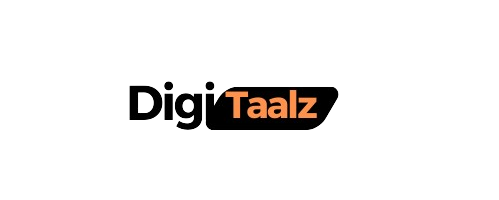
First and foremost, security access and management are very much required for patient data in the present digital world. While this is the unparalleled evolution of healthcare by using advanced technology, it is necessary to adopt new solutions that assist in strengthening the security of access to patient data. Medical records retrieval services play a major role in this realm by ensuring the secure and quick processing of patient information with adherence to present laws and regulations.
Challenges in Patient Data Access
Accessing patient data in the healthcare sector is insecure and has a number of challenges. The security of traditional needs for retrieving the data is really poor; hence, sensitive data is not protected from unauthorized access and breaches.
Traditional modes of retrieval for the patient data bank relied heavily on systems that are spontaneously vulnerable to all forms of security threats; hence, these methods include physical records, unsecured digital files, and legacy EHR systems.
Meanwhile, the security of patient information is only possible if these institutions follow regulatory policies such as the Health Insurance Portability and Accountability Act. Breach of data not only causes the loss of patient data privacy but also erodes patients’ trust in health caregivers. Consequences of this may be severe and include legal liabilities, financial losses, and disruption in the operations of health care.
Innovative Solutions towards Secure Data Access
Advanced technologies include encryption, multi-factor authentication, blockchain, and artificial intelligence to improve data security, risk reduction, and compliance in novel ways. These cutting-edge solutions support providers in protecting information about their patients, earning and maintaining their trust, and managing it better.
Advanced Encryption Technologies
Today, powerful encryption technologies are being brought to the fore to ensure interaction in information exchange with patient data. Common encryption methods include:
- Advanced Encryption Standard: This symmetric encryption algorithm finds widespread application due to its efficiency and strong security.
- RSA: There’s one public key that can be used for encryption, while the private key is used for decryption. This guarantees the utter security of data over unsecured networks.
- E2E Encryption: E2E encrypts the data on the sender’s side and decrypts it only on the recipient’s side, making it inaccessible for the intermediate services.
Multi-factor Authentication
Multi-factor authentication is a security-enhanced mode of access to patient data, where a user is required to present several forms of verification in order to get access to medical records. MFA is based on the following combination:
- Something You Know: A password or number that the user knows.
- Something You Have: A physical device, like a smartphone or a security token, generates a code for only one use.
- Something You Are: Biometric information that uniquely identifies the user, such as fingerprint, iris face, voice recognition, etc.
Blockchain for Data Integrity
Blockchain is a distributed ledger which provides a secure and unchangeable record-keeping system. In relation to patient data access, blockchain enhances the following with regard to data integrity and security:
- Making transactions unalterable: Blockchain processes all the transactions such that any change in the records of the patient will trigger a detection mechanism.
- More Transparency: Blockchain presents an organization, say a healthcare provider, with more transparency in the record of data access and modifications – who accessed your information and when.
- Data Consistency: This also makes it possible, through consensus mechanisms, for every node to have the same copy of data to reduce instances of error or create inconsistencies in the data.
Applying Artificial Intelligence in Threat Detection
Artificial Intelligence emerges as the central area through which data security fortification can be achieved through threat sensing and reaction. One can expect:
- Anomaly and Pattern Analysis: AI techniques can process a large amount of data and identify features or patterns that indicate the existence of a security threat.
- Automating Threat Responses: AI can automate responses to threats detected, such as isolating affected systems or alerting security personnel, and therefore cuts down on the time required to address a potential breach.
- Enhance Threat Intelligence: AI will continuously learn from newly emerging threats and change detection patterns to stay ahead of changing cyber threats.
Development of Solutions for Secure Data Access
Changing existing systems by infusing them with new ideas is a strategic process in itself. The following are the advantages of medical records retrieval services, including:
- Current Systems Assessment: Assess current systems in place for retrieving data for any vulnerabilities and recommend how such might be ameliorated.
- Solution by Selection: Select appropriate encryption technologies for multi-factor authentication methodologies, blockchain implementation, and AI toolsets that best suit organizational needs and regulatory requirements.
- Staff Training: Train all healthcare personnel in new securities and the best ways to access and manage data.
- Monitoring and Updating: Regularly monitor the viability of the implemented solution, updating it when necessary to handle emerging threats and compliance needs.
Wrapping Up
This assumes a more significant magnitude of importance when security and controlled access to information become absolutely vital for retaining the privacy of and trust in patients within the health care system. Innovation in solutions involving advanced forms of encryption technologies, multi-factor authentication, blockchain, and artificial intelligence are immense in their potential to bring massive improvement in data security by overcoming the drawbacks of the traditional approaches.
